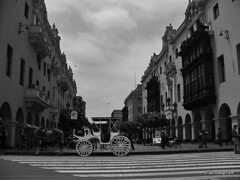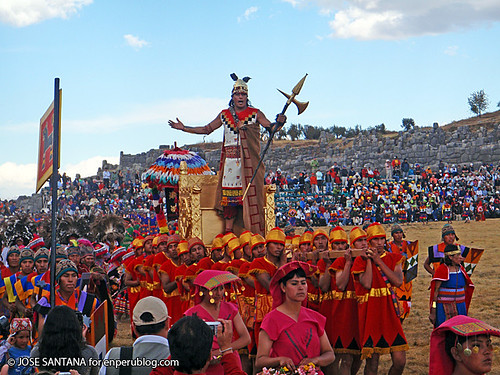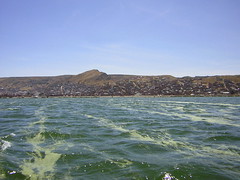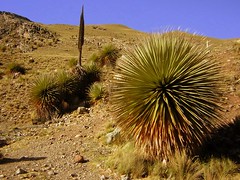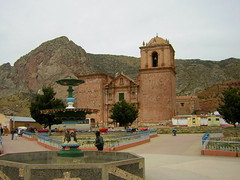Puno’s great party: Virgen de la Candelaria
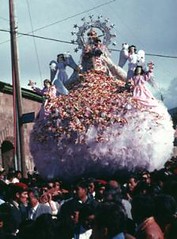 They say that only the carnival in Rio-Brasil and the carnival in Oruco-Bolivia compare to this, the biggest party in Peru in the city with the most traditional dances in the world – Puno.
They say that only the carnival in Rio-Brasil and the carnival in Oruco-Bolivia compare to this, the biggest party in Peru in the city with the most traditional dances in the world – Puno.
The history of this multi-day celebration during thousands spend their days and nights dancing through the streets in costume, begins in 1781.
It was then that the city of Puno was governed by Spanish magistrate Joaquín de Orellana and the city was under siege by the rebel troops of Túpac Amaru II. Fearful of the coming attack, the people of the city brought out the statue of the Virgin de la Candelaria and began a procession in which they danced, played their zampoñas (Pan Pipes) and lit candles. The massive noisy demonstration that lasted throughout the night confused the rebel army and they decided to leave the area.
There are three theories as to why – 1. they thought the townspeople were a large gathering army, 2. the Spanish led a small cavalry attack that took advantage of the situation and drove them away or 3. the rebels moved on out of respect for the Virgin.
Whatever it was, the people of Puno attributed their salvation to a miracle and named the image of Mamacha Candelaria their patroness.
You’ve read the history of this massive event now see it in action.
The street dancing goes on for days. Parades roll through the streets and competitions are held – stadiums filled with people who can’t get enough.

Enrique Torres Belón stadium (Atilio Alejo)
The people drink their chicha, get drunk and dance until they pass out. During the fiesta there are two large contests in the city’s stadium Torres Belón where the dancers perform in homage of the Virgin. This is where you can see some of the best and most interesting dances such as La Diablada.
La Diablada dance represents the fight between the archangel Michael and the Devil’s army. The costume you see here weighs so much, that only the strongest people are able to play the part of the devil.
The Grand Parade is at the height of the festivities. This is where the entire city turns out to take part in or watch a 5 kilometre march through the city from Avenida Lampa to the cemetery. For the Aymara people the dead are divinities and are still thought of that way 500 year after conversion to Catholicism. The veneration of the Virgen de la Candelaria is itself just a replacement for the old religion of worshipping Pachamama – Mother Earth.
In this way the people have preserved their heritage despite the Spanish conquest.
Tags: 1700s, catholics, customs, dances, parade, puno, tupac amaru II, virgen de la candelaria



